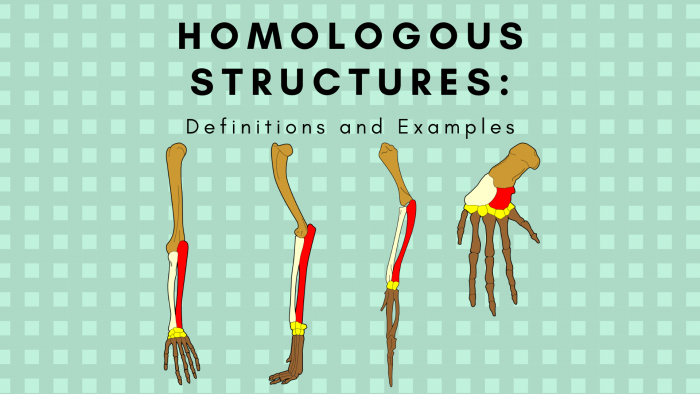
In developmental biology, organs that developed in the embryo in the same manner and from similar origins, such as from matching primordia in successive segments of the same animal, are serially homologous. Homology was later explained by Charles Darwin's theory of evolution in 1859, but had been observed before this, from Aristotle onwards, and it was explicitly analysed by Pierre Belon in 1555. The term was first applied to biology in a non-evolutionary context by the anatomist Richard Owen in 1843. Evolutionary biology explains homologous structures adapted to different purposes as the result of descent with modification from a common ancestor. A common example of homologous structures is the forelimbs of vertebrates, where the wings of bats and birds, the arms of primates, the front flippers of whales and the forelegs of four-legged vertebrates like dogs and crocodiles are all derived from the same ancestral tetrapod structure. In biology, homology is similarity due to shared ancestry between a pair of structures or genes in different taxa.

The principle of homology: The biological relationships (shown by colours) of the bones in the forelimbs of vertebrates were used by Charles Darwin as an argument in favor of evolution.


 0 kommentar(er)
0 kommentar(er)
